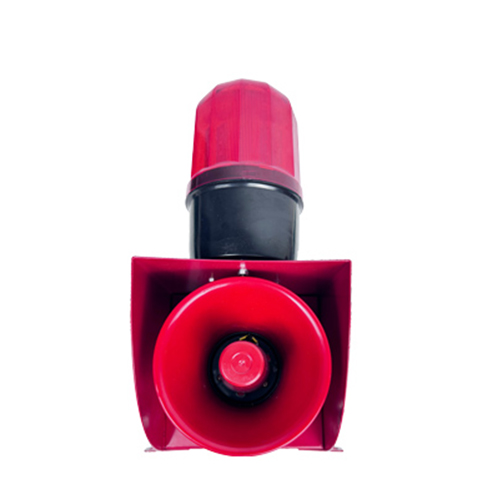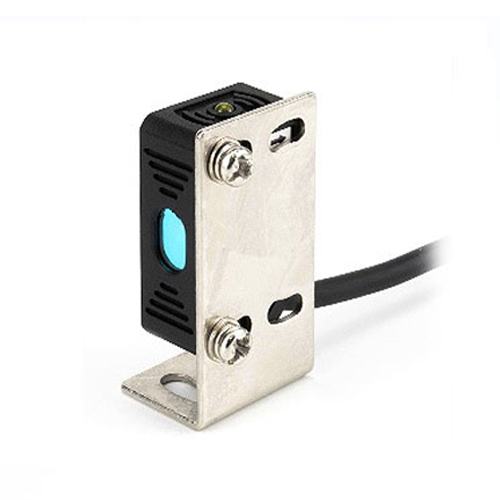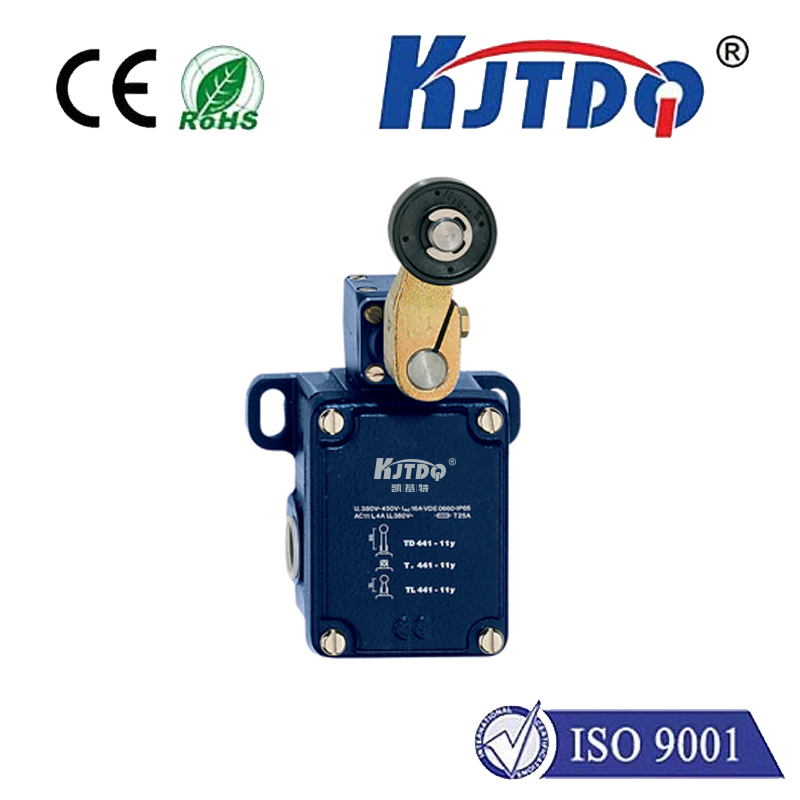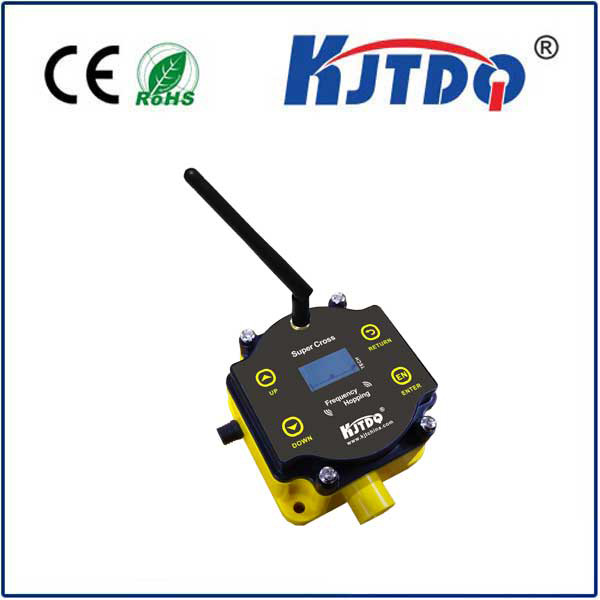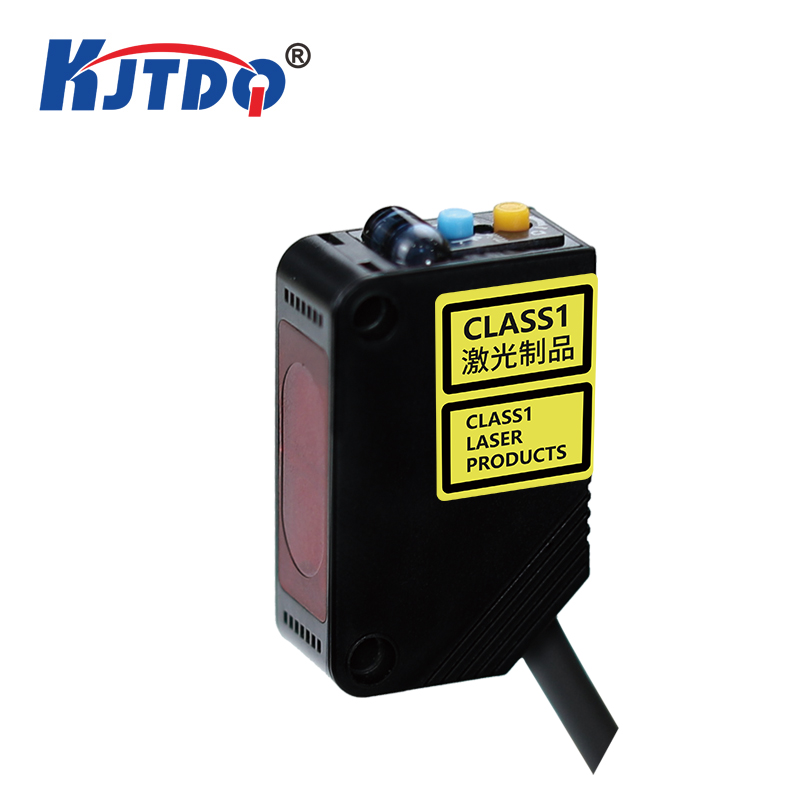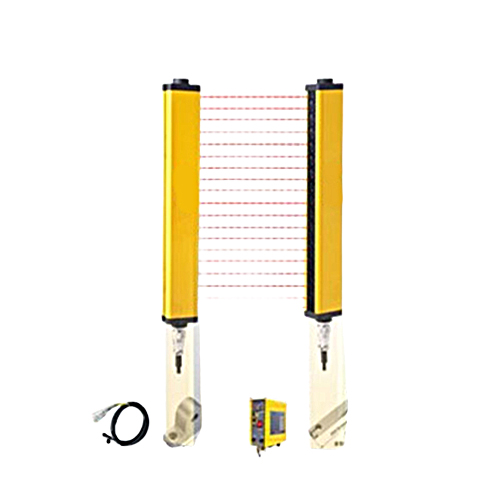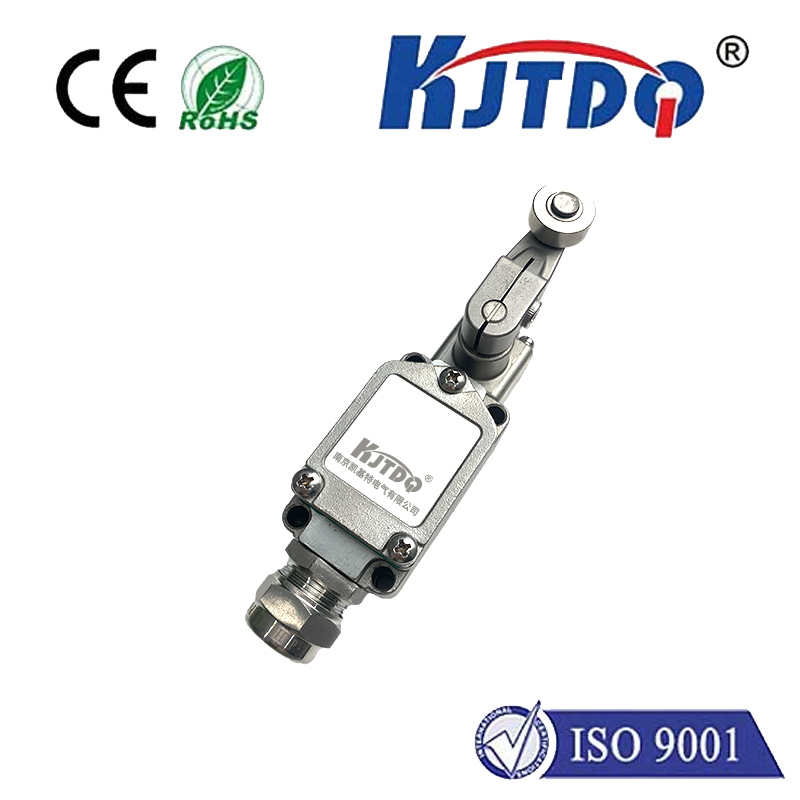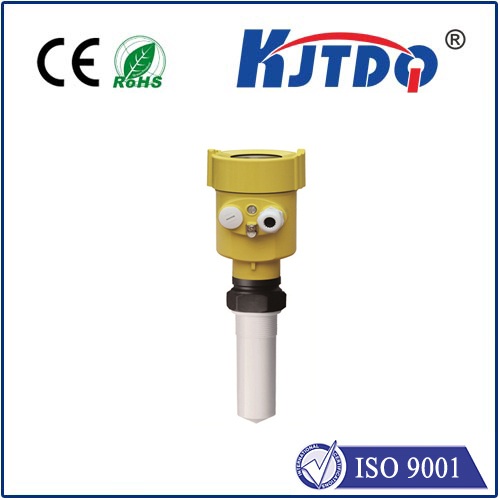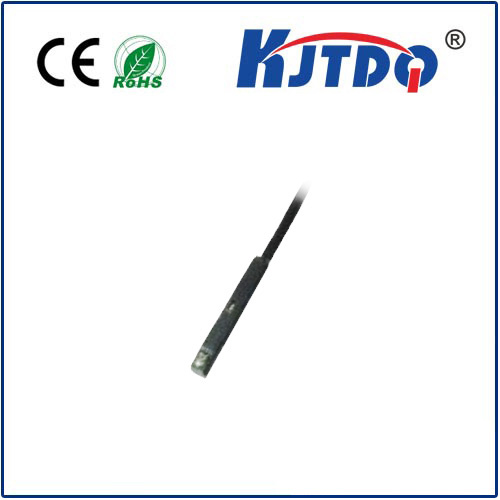

check

check

check

check

check

check

check

check

check

check
Section 1: Working Principle of High Temperature Inductive Sensors
A high temperature inductive sensor consists of two components: the coil and the sensing element. The coil generates an alternating magnetic field that interacts with the magnetic properties of the sensing element. When there is a change in temperature around the coil, the magnetic field strength and frequency also change. This change in electromagnetic properties leads to a variation in the current flowing through the sensing element, which can be used to measure temperature accurately.
Section 2: Advantages of High Temperature Inductive Sensors
The advantages of high temperature inductive sensors are numerous. They offer several benefits over traditional temperature measuring devices, including:
1. High Accuracy: High temperature inductive sensors have a high degree of accuracy due to their non-contact sensing mechanism. They do not require any physical contact between the sensor and the target object, thus eliminating any errors caused by contact resistance or contamination.
2. Long-Term Stability: These sensors are designed to operate in harsh environmental conditions, including high temperatures, pressure, and humidity. They have a robust design and can withstand extreme temperatures without deteriorating over time, ensuring accurate and consistent readings even after prolonged use.
3. Easy Installation: High temperature inductive sensors are easy to install and require minimal maintenance compared to other temperature measuring devices. They do not require any special handling or precautions during installation or operation.
4. Cost-Effective: These sensors are cost-effective due to their high performance and low maintenance requirements. They offer a reliable solution for monitoring temperature levels in industrial and commercial applications at an affordable price point.
Section 3: Applications of High Temperature Inductive Sensors
High temperature inductive sensors have numerous applications across different industries. Some of the most common applications include:
1. Metallurgical Industry: These sensors are widely used in the metallurgical industry for monitoring temperatures in furnaces, kilns, and other equipment. They provide accurate and real-time temperature data, enabling operators to optimize processes and improve efficiency.
2. Chemical Industry: High temperature inductive sensors are employed in chemical plants for detecting and monitoring temperatures in reactors, cooling towers, and other equipment. They help prevent accidents and ensure safe operations by providing timely alerts in case of any abnormalities.
3. Thermal Energy Storage Systems: These sensors are used to monitor the temperatures inside thermal energy storage systems such as thermoelectric generators, heat pumps, and refrigerators. They enable operators to optimize energy efficiency and improve performance by ensuring accurate temperature control.
In conclusion, high temperature inductive sensors represent a significant advancement in temperature monitoring technology. With their high accuracy, reliability, and long-term stability, they offer a reliable solution for monitoring temperature levels in extreme environments across various industries. As technology continues to evolve, we can expect more innovative products like these to emerge, transforming the way we monitor and manage temperatures.
